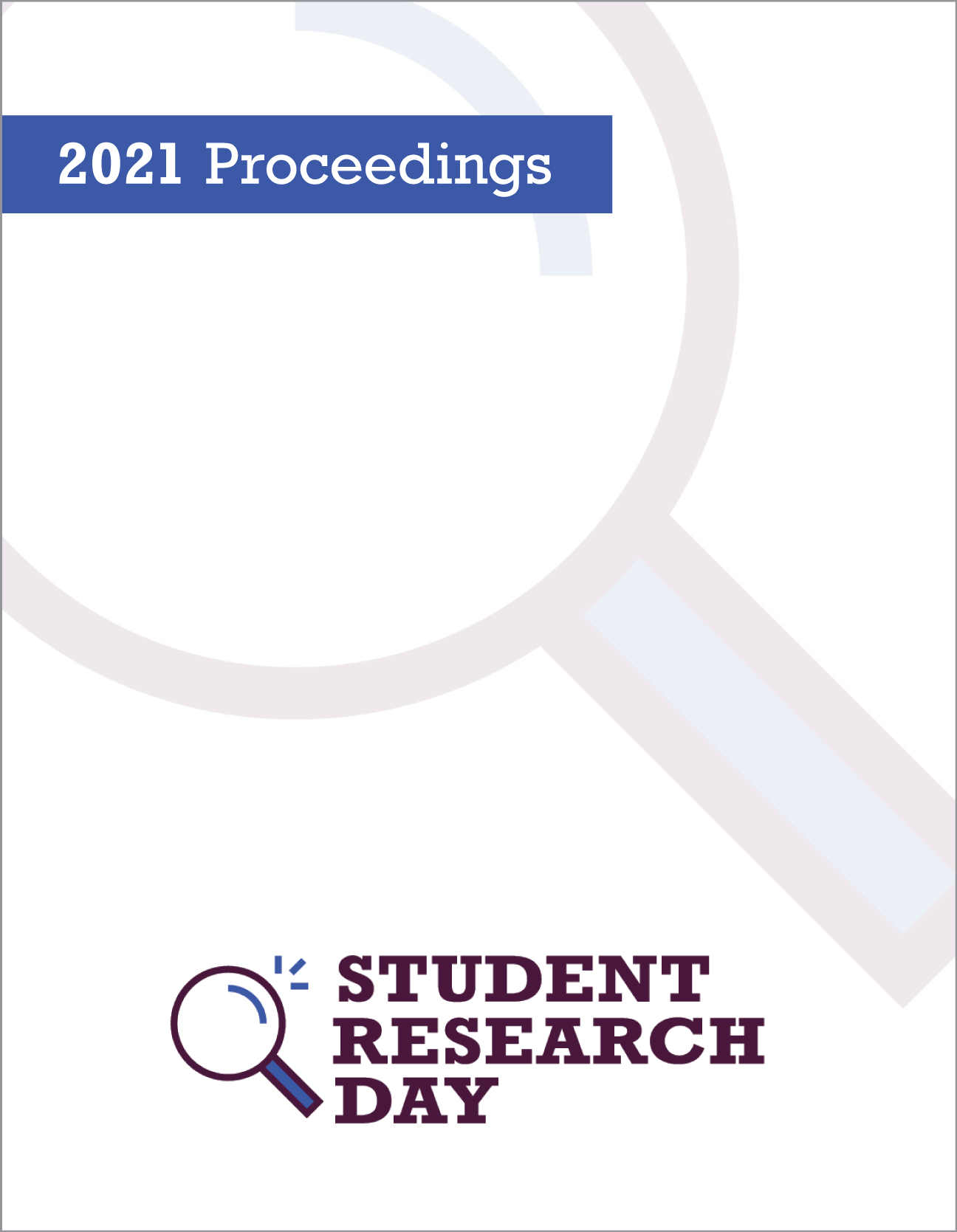19 April:
A Typographic Interpretation of "Einstein's Dreams" by Alan Lightman
Abstract
In “19 April,” a man ponders whether he should visit a woman in whom he has taken an interest. Over the next three paragraphs, three different scenarios play out: in the first, he decides not to see her; in the second, he develops a tumultuous relationship with her; and in the third, he visits her but is rejected. The rest of the story explains how one decision can spawn an infinite number of subsequent timelines and how humans manage this chaotic complexity.
To reference the notion of multiple timelines, the layout has been fractured into four distinct visual identities. Expository text (first and last two paragraphs) is rendered in serif type, presenting a neutral, academic tone. The first scenario uses an airy san-serif type and large leading to represent a life that is measured and content. The type in the second grows heavier in stroke weight and more condensed as the passion and tension rises. Finally, to underscore the man’s sadness from his rejection, the type fades to near-complete transparency in the third scenario to reflect his developing glumness.
The title makes use of repetition, transparency, and colour to create a focal point that leads the eye into the first paragraph. This creates a horizontal element (a timeline) that extends across the spread and is broken only by the three scenarios. Altogether, the story maintains visual cohesiveness while distinguishing between disparate paragraphs and timelines.
Finally, the dust jacket depicts Einstein’s theory of relativity through minimal forms and lines.
Department: Design
Faculty Mentor: Constanza Pacher
Published
Issue
Section
License
Authors retain any and all existing copyright to works contributed to these proceedings.



